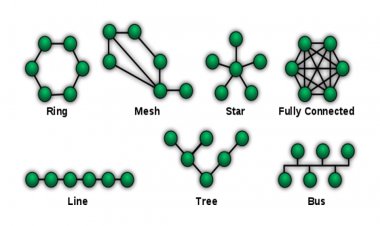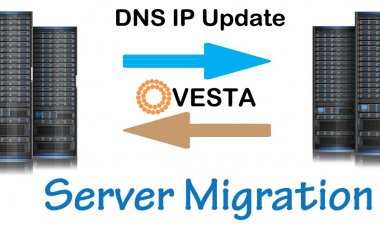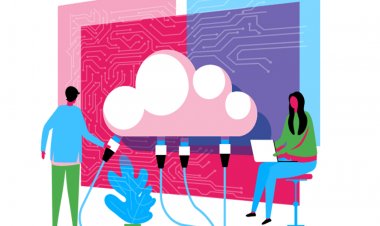Networking
Computer Networking is the process of connecting computers so that they may work together.

Introduction:
Networking is the familiar social interchange of information between people who have a mutual profession or specific interest. Networking is frequently initiated by a single point of common interest. When you are running an office, you need to share information related to the work with different employees. If the computers of your employees are linked with your computer, you can easily share or gain information easily.
What exactly is networking?
Networking is the connection of computers to allow them to operate collaboratively. Working in a corporation necessitates sharing and obtaining knowledge about the firm from many areas. This is an example of networking as well. Another example of networking is connecting all of an organization's computers to a print server so that each workstation may print documents.
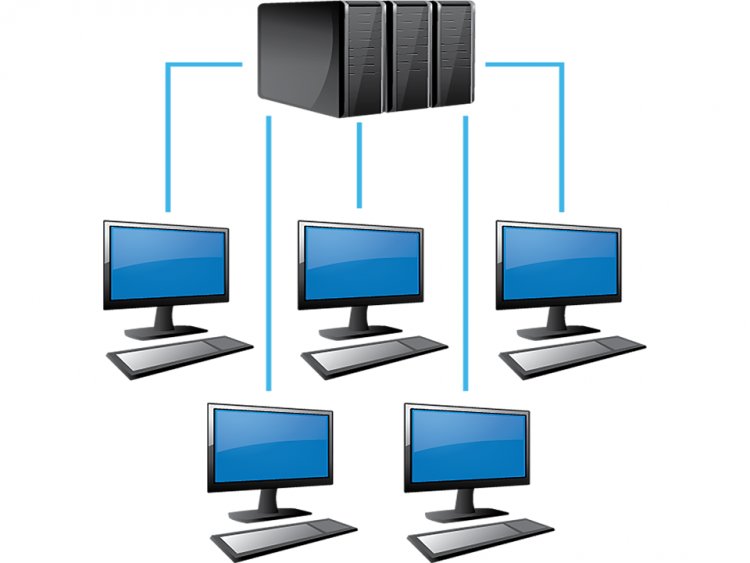
What is the backstage history of networking?
In October 1969, the Advanced Research Projects Agency Network (ARPANET) became the first connected computer network. They invented and implemented TCP/IP protocols for the first time. Later, the ARPANET introduced packet switching instead of direct connections.
What is the purpose of networking?
Sharing is the main purpose of networking. Data, resources, and applications sharing is also supported by the network.
How does networking works?
In the networking of computers, nodes are the fundamental building components. A network node might be data communication tools or equipment like a modem, switch, or hub. It can also be data terminal equipment (DTE), like two or more two computers and printers. A link is the broadcast channel that associates two nodes. Physical links, like linking with cables, optical fibers, and open space utilized by wireless networks, are examples of links.
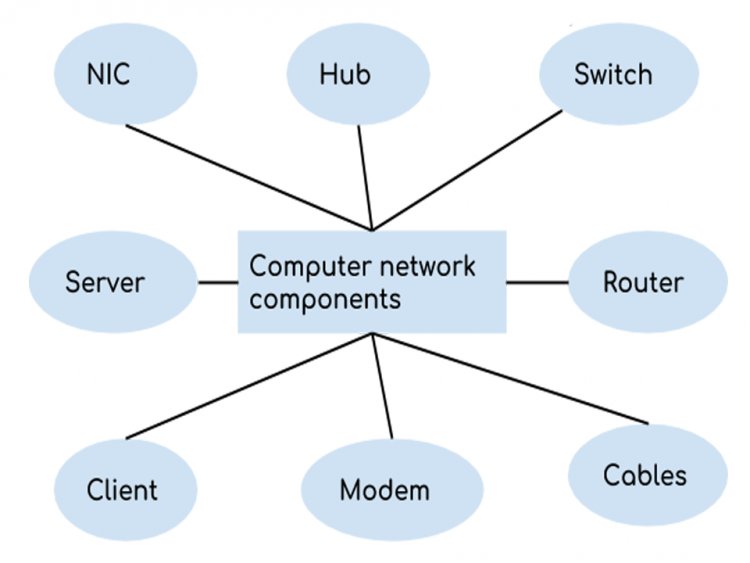
A computer network that is functioning observes a set of rules and protocols that control how electronic data is sent and received across the links. The linking way of these physical and logical machinery is defined by computer network architecture. It specifies the physical components, functional organization, protocols, and processes of the network.[1]
What advantages does networking offer?
- centralized data storage:
Files are saved on a central computer and are accessible to all computers in an organization.
- A computer network may be accessed by anybody:
Connecting to a contemporary computer network needs just a minor set of skills. The ease of enrolling makes it possible for even young children to begin utilizing the data.
- Problem-solving time is shortened:
Because a prolonged operation is divided into several smaller procedures, each of which is handled by all of the linked devices, and express issue can be resolved in less time.
- Reliability:
On equipment failure, the information on one PC is deleted a copy of equivalent information is available on another computer for future use.
- It is incredibly adjustable:
This innovation is recognized for being completely adaptable, as it allows customers to research anything about basic matters, such as programming, without affecting their usefulness.
- Security via Authorization:
No one else can access information as long as only system consumers or clients are authorized to access definite data.
- It increases storage capacity:
You must guarantee that all information is in the framework because you are exchanging data and records with others.
What are the drawbacks of networking?
- It lacks robustness
If the one PC fails the entire system can be useless. If the central server fails the whole network can be damaged.
- It lacks independence
PC organizing comprises a technique that is completed utilizing PCs, so individuals will rely on PC work rather than labor to accomplish their jobs.
- Malware and viruses
There is a risk of the infection spreading if even one PC on a system becomes infected.
Conclusion:
Computer networking is a fast and reliable way to exchange information from one PC to another, but one should be prepared in case of data loss.
- What is Computer Networking? ; Available from: https://aws.amazon.com/what-is/computer-networking/.
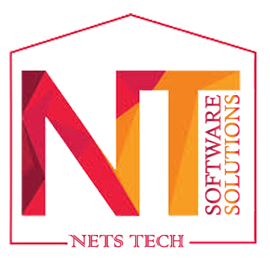
 admin
admin 






